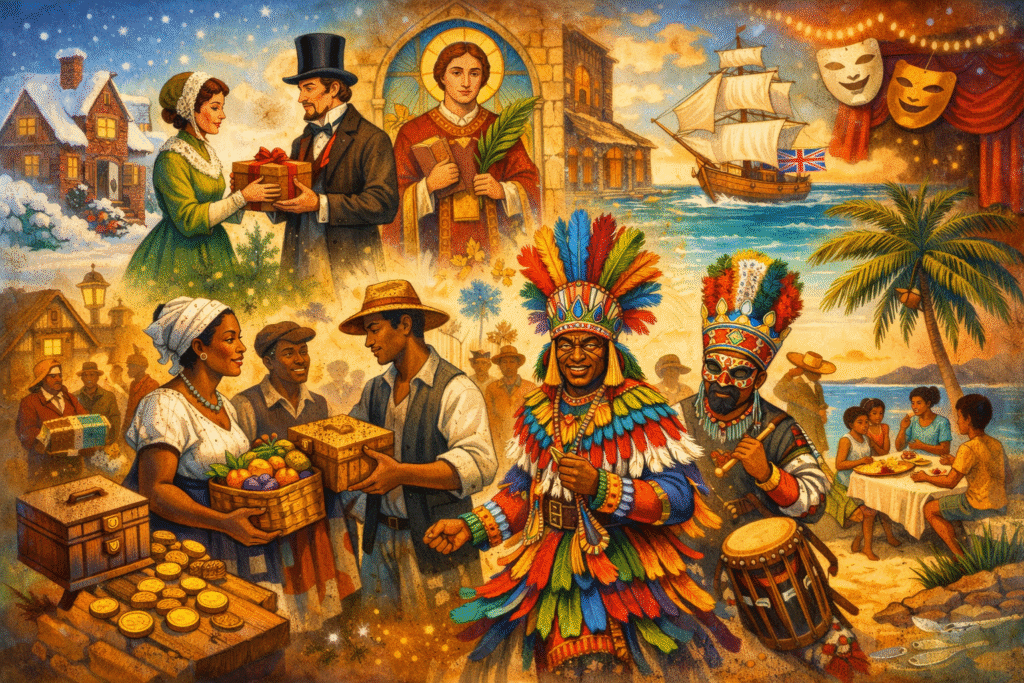Boxing Day: From Victorian Charity to Caribbean Celebration
You cannot truly have Christmas without Boxing Day. Across Jamaica and much of the Caribbean, December 26 is a day of beaches, family visits, music, cultural performances, and well-earned rest after the intensity of Christmas Day. Yet behind the relaxed, celebratory atmosphere lies a long, layered history shaped by religion, class, colonialism, survival, and cultural resistance.

